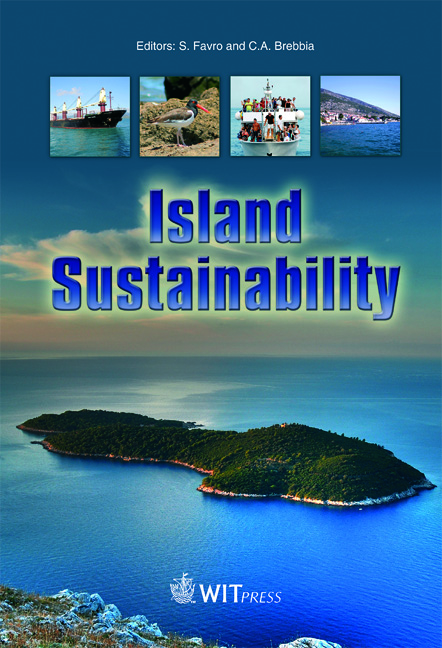A New Approach To Estimate Armourstone Abrasion: Modified Slake Durability Test
Price
Free (open access)
Transaction
Volume
130
Pages
9
Page Range
239 - 247
Published
2010
Size
1,568 kb
Paper DOI
10.2495/ISLANDS100211
Copyright
WIT Press
Author(s)
Ö. Acır & R. Kılıç
Abstract
Since armourstones are located in the outer shelter layer of breakwaters which absorb the first impact of hydraulic wave energy, they are prone to the highest degree of abrasion. Sea and atmospheric conditions damage the armourstone integrity so they lose their engineering functions in time. Existing classification systems to investigate the potential armourstone durability are performed on the intact rocks obtained from stone quarries; hence they do not explain the abrasion mechanism of armourstones actually used in the breakwater. For this reason, the standard slake durability test method was modified based on physical modelling techniques so that armourstone abrasion was simulated in realistic conditions. Eastern Black sea water and basaltic armourstones of the Giresun port were used in model tests. The model tests reveal that abrasion is inversely proportional to the mass and dimension of the armourstone. Keywords: Eastern Black sea, armourstone, modelling, modified slake durability. 1 Introduction The term \“modelling” is simply used for describing the investigation of events and processes under a certain scale. Meanwhile, modelling in engineering geology is generally referred to the studies performed to investigate either strong ground motion (Krawnikler [15], Harris and Sabnis [9]) or mechanical behaviour of geomaterials (Wood [20]). Physical models, re-sized prototypes of engineering structures scaled by Froude’s Law, are the basic elements of modelling approach (Hughes [11]). Physical models are widely used to simulate the realistic effects of coastal processes on the structure to perform damage analysis in a hydraulic laboratory
Keywords
Eastern Black sea, armourstone, modelling, modified slake durability





